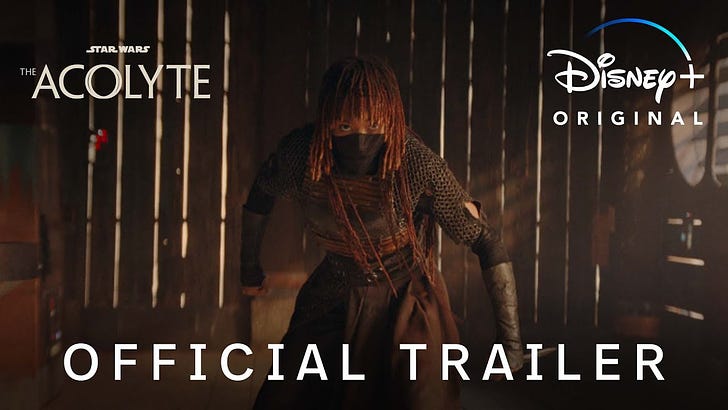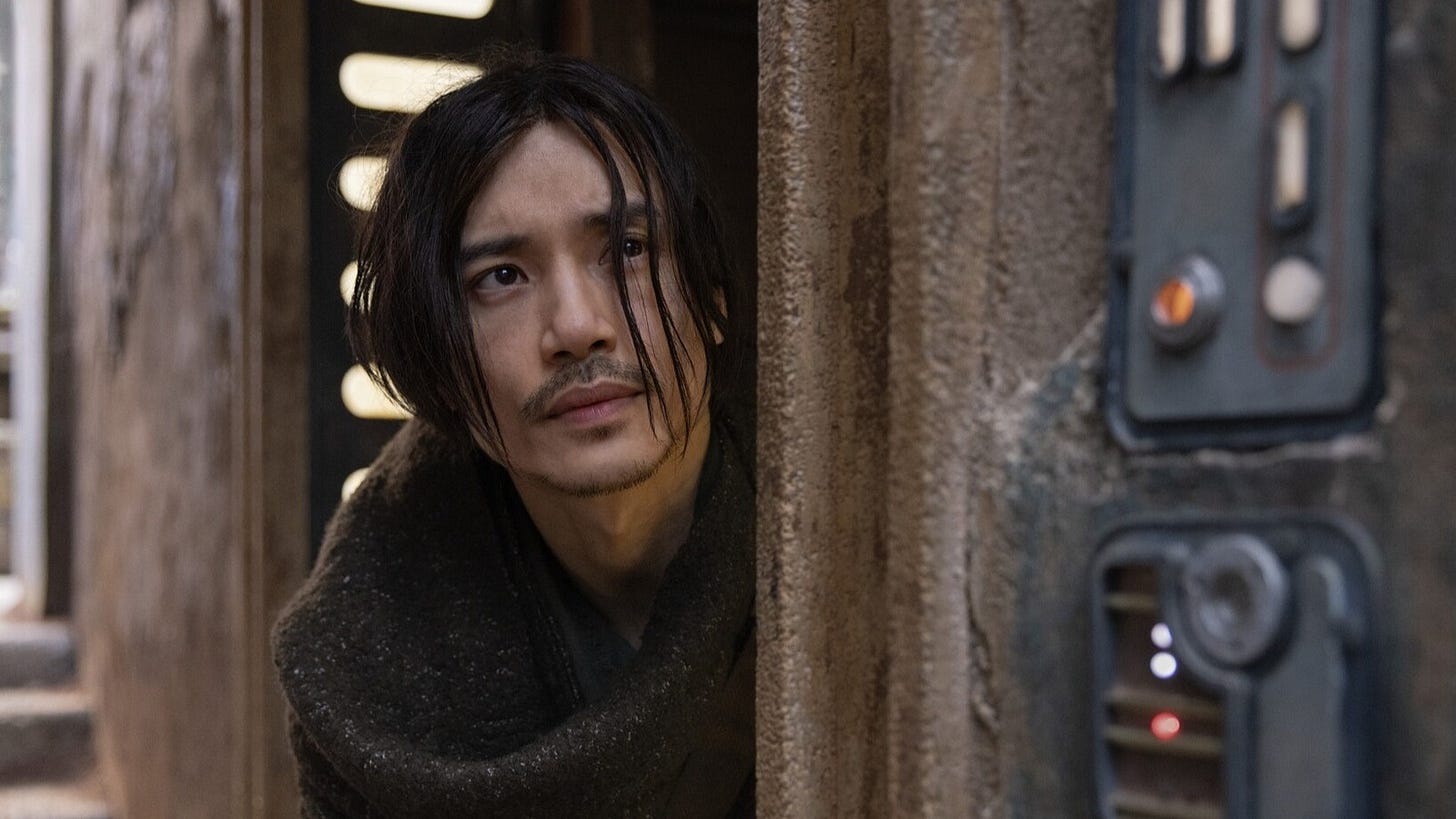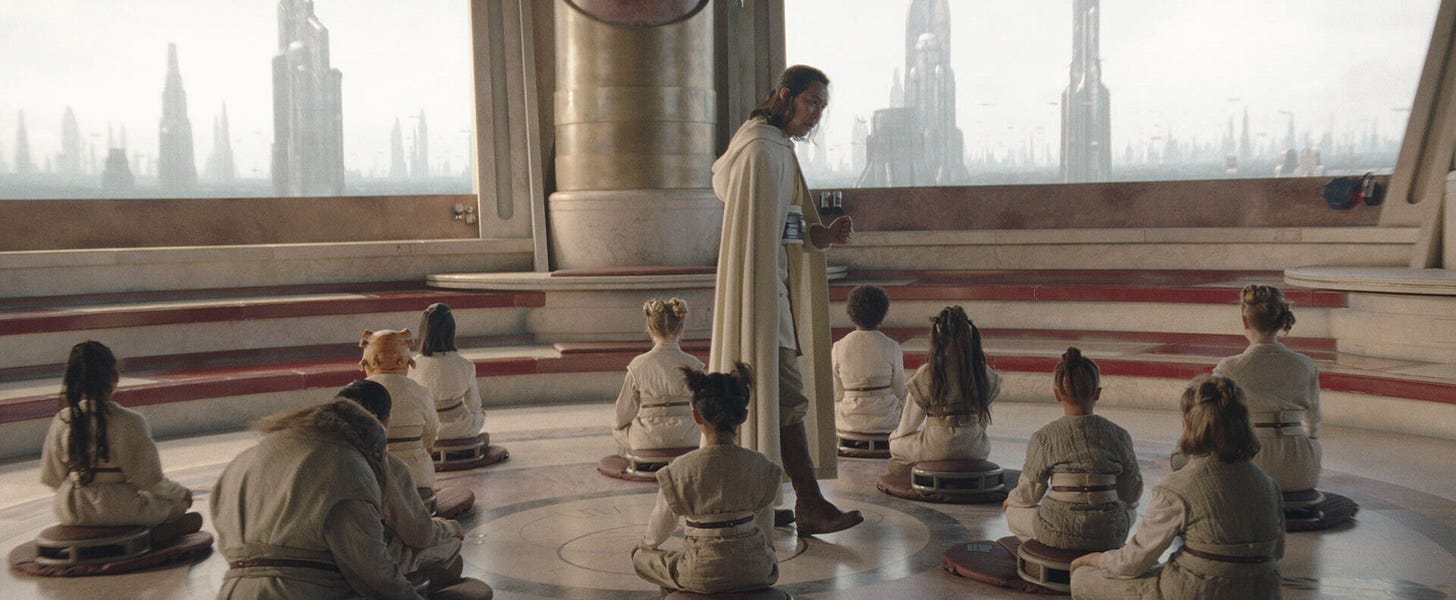Putting the Asian back in "Star Wars"
From its conception, "Star Wars" has borrowed from Asian culture. Now, "The Acolyte" will put Asians at the forefront.
On March 19, the first trailer for The Acolyte was released. The Acolyte, which will premiere on June 4, introduces a new genre into the Star Wars franchise: crime and mystery. Not only is it the first self-labeled “crime thriller” in Star Wars, but it’s also the first show set in the High Republic era. The creator of the show has proclaimed: “Whatever you think The Acolyte is, it’s not.”
There’s a lot of reasons to look forward to this show, but as someone who wrote their senior year research project on Star Wars, I’m most excited about the casting — specifically, Lee Jung-jae’s casting as the main lead.
George Lucas has never been shy about crediting many inspirations and influences for Star Wars from Eastern culture. From character names to cultural clothes to mildly racist caricatures, Star Wars is filled with Asian influence. And nowhere is this influence more present, than in the Jedi Order.
Lucas’ early inspirations for the story and cinematography of Star Wars did not come from westerns, despite popular belief. They came from Akira Kurosawa, the first Japanese movie director to win international acclaim (and of course, Kurosawa was inspired by John Ford’s westerns).
Back in the 1970s, when George Lucas was first putting together Star Wars, he even begged Toshiro Mifune — Kurosawa’s iconic leading man — to play Obi-Wan Kenobi. Darth Vader’s iconic helmet was also made with Mifune in mind, and took inspiration from the kabuto of Japanese samurai Date Masamune.
Beyond cinematography, much of Lucas’ worldbuilding stemmed from samurai and wuxia films. The Jedi Order of the original series drew comparisons to traveling samurais or powerful cultivators through traditional clothing, weaponry, and martial arts forms. The idea of the Force also comes from Taoist beliefs of yin yang. In the words of George Lucas, he’s “telling an old myth in a new way,” combining Eastern and Western cultures, religions, languages, and more to create the world of Star Wars.
And finally, after almost 50 years, Lee Jung-jae and Manny Jacinto will be the first Asian actors to be front and center in Star Wars as Jedi.
The Acolyte’s recognition of Asian actors in Star Wars doesn’t excuse the franchise’s history of cultural appropriation and orientalism. In the Original Trilogy, the final battle between the Empire and the Rebel Alliance in The Return of the Jedi is meant to echo the battlefields of Vietnam and the conflict between the Viet Cong and the technologically superior American military. However, the lack of Asian actors makes this comparison less obvious. There’s nothing horrendously evil about sci-fi’s ever-present replacement of minorities with aliens when discussing themes of oppression, but the whiteness of the main heroes of Star Wars separates the Original Trilogy from a critique of American imperialism and turns it into a broader, less radical critique of…evil.
Now, you will never catch me denying that the original Star Wars is made for children. But the Prequel Trilogy, which spends much of its runtime discussing subtler evils in political spheres, also falls victim to this simplification. The democratic backsliding and fall to facism represented in these movies were meant as a very direct critique of George Bush and the Iraq War. Once again, the “space opera” makes it easy to gloss over these obvious themes.
Even worse, Lucas doesn’t have any outwardly-Asian Jedi, and instead, in The Phantom Menace, pits the Jedi — played by Ewan McGregor and Liam Neeson — against the Trade Federation, run by Neomidians — an alien species with flat faces, slanted eyes, and an obvious accent. The Clone Wars, which aired years after the trilogy and provided slight retcons to certain elements of the films, doubled down on this portrayal by giving the Neomidians stereotypically Japanese-sounding planes and cities like Kato, Deko, and Koto-Si.
Orientalism doesn’t just exist in a galaxy far, far away; within certain elements of the Star Wars fandom, there’s Jedi-critical readings that not only go against Lucas’ direct words, but are rooted in anti-Asian racism. These interpretations of canon aren’t illogical, but are the fault of Lucas’ seemingly haphazard combination of Christian ethics systems with Asian spiritual beliefs — a mythological system which may get a new reading under Leslye Headland! That’s a story for another time, though.
Star Wars has a long history that's still growing. I’m excited to see what Leslye Headland has in store for the fandom with The Acolyte, and can only hope it’s as beautiful, creative, and political as Andor.





